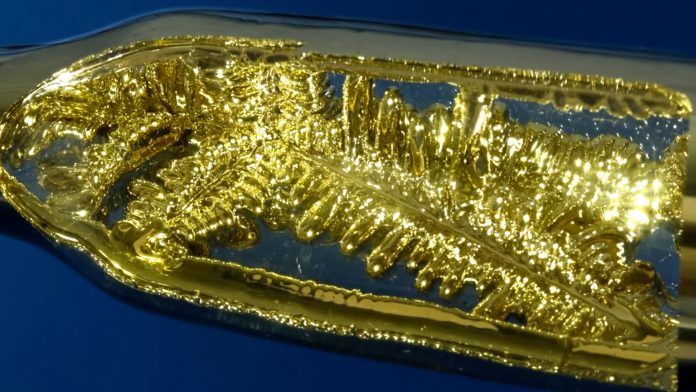Physicists have successfully used a single cesium atom as a sensor for ultracold temperatures through quantum states research.
Quantum states are the spin or angular momentum of the atom. With these spins, they measured the temperature of an ultra-cold gas and the magnetic field. The system is characterised by a particularly high sensitivity. Such sensors could be used in the future, for example, to investigate quantum systems without interference. The work was published in the journal Physical Review X.
“Improving measurements and minimising perturbation of the environment”
According to the study: “Quantum probes are atomic sized devices mapping information of their environment to quantum-mechanical states. By improving measurements and at the same time minimising perturbation of the environment, they form a central asset for quantum technologies.
“We realise spin-based quantum probes by immersing individual Cs atoms into an ultracold Rb bath. Controlling inelastic spin-exchange processes between the probe and bath allows us to map motional and thermal information onto quantum-spin states.”
In their experiments, scientists led by Professor Dr Artur Widera, who studies quantum systems, observed individual cesium atoms in a rubidium gas cooled down to near absolute zero. The temperature is only a billionth of a fraction of a degree above this zero point.
Spin states of cesium atoms
The research team have investigated whether the spin states of the cesium atom can be used to gain information. “The term spin refers to the intrinsic angular momentum of an atom,” explains Professor Widera of Technische Universität Kaiserslautern (TUK). “In cesium, there are seven different orientations for this spin.” The research focused on the gas temperature.
Once the single cesium atom is introduced into the rubidium gas, the rubidium atoms collide with it. “This allows angular momentum to be exchanged between the atoms until a balance of spin is achieved,” explains Dr Quentin Bouton, lead scientist and first author of the study.
The researcher team measure the spin of the individual atom and can thus determine the temperature. Comparing this method with conventional measuring methods, where physicists obtain the same temperature value, confirms its success.







